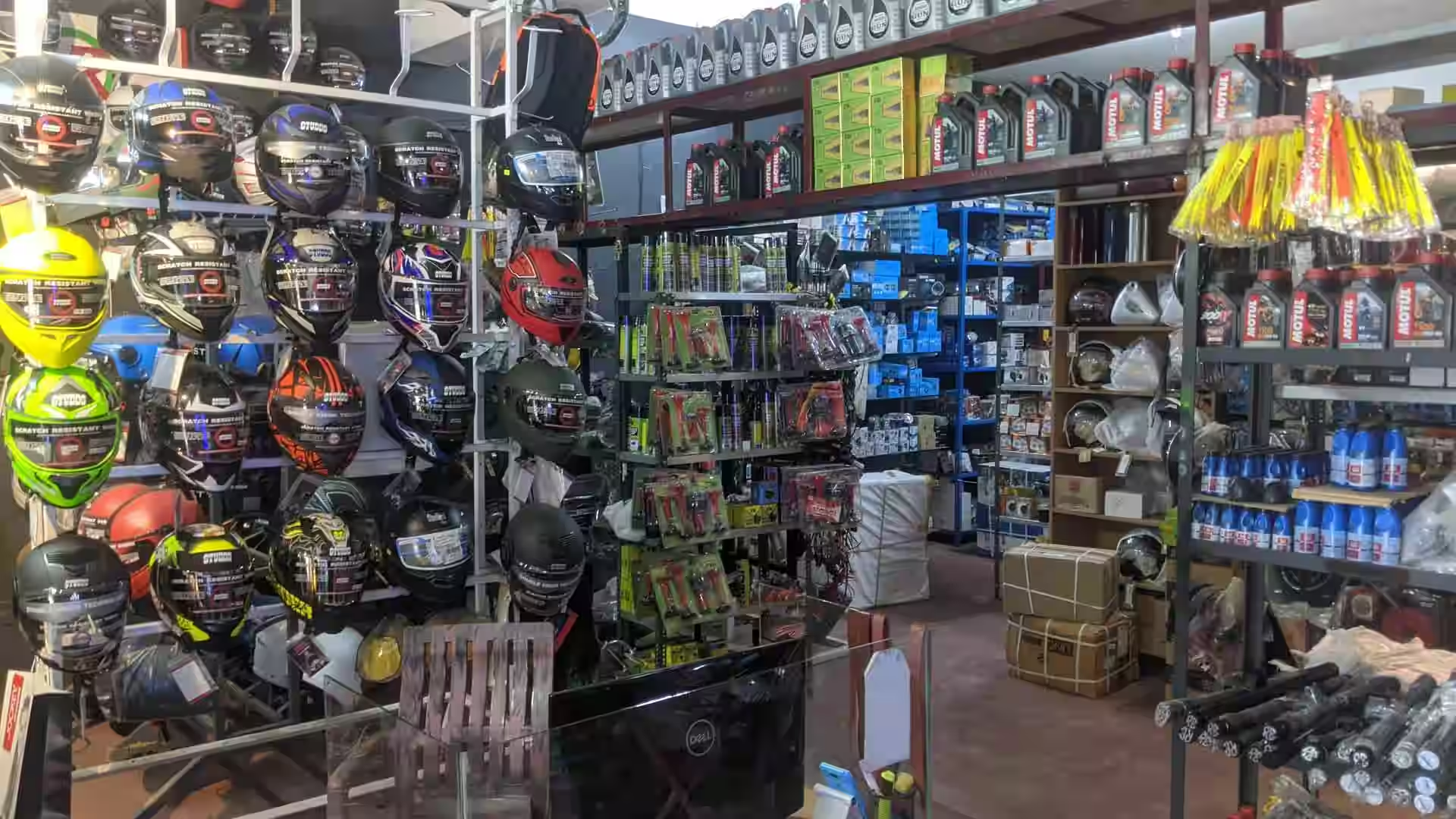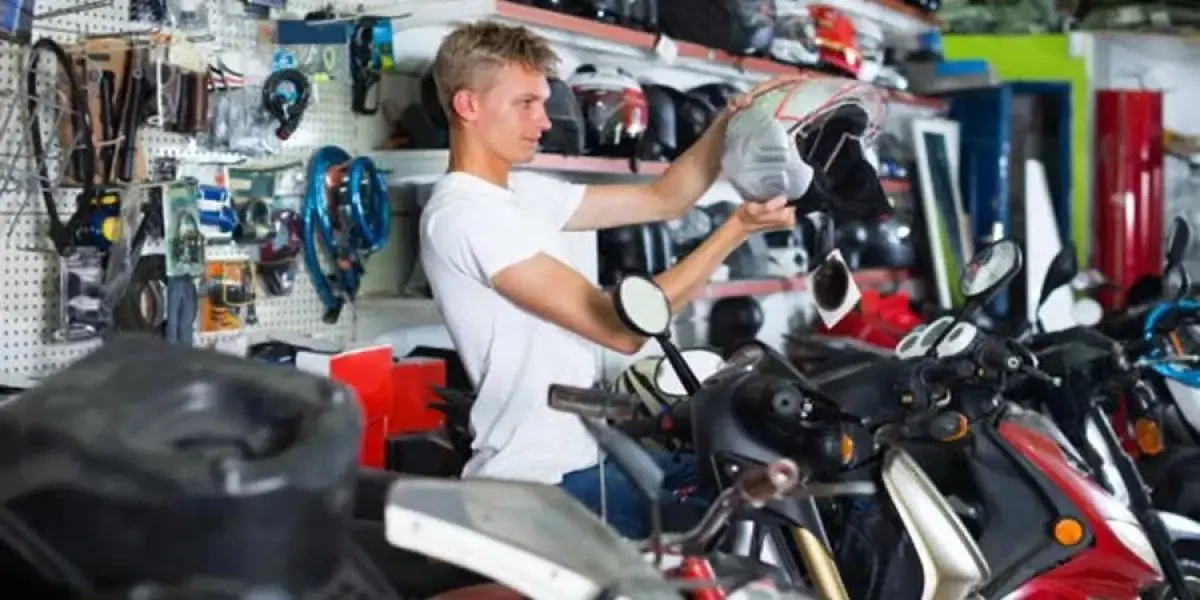Grasping Motorcycle Gears: How to Maximize Your Riding Experience
In the world of motorcycling, grasping the art of equipment manipulation is critical for improving your riding performance. Effectively using and recognizing motorbike equipments can significantly affect gas, control, and velocity efficiency, changing an ordinary trip into a smooth, electrifying journey.
Comprehending Equipment Mechanics
Just how do the intricacies of gear auto mechanics influence motorcycle performance? At the core of motorbike characteristics, equipment technicians play a crucial role in converting engine power into motion, inevitably determining rate and control. Gears, diligently crafted parts, allow bikers to enhance torque and rate, making certain a smooth change via different terrains and velocities. The gear ratios, thoroughly developed, identify the connection between engine changes and wheel turns, influencing velocity and gas performance.
Understanding equipment technicians begins with recognizing the relevance of the gearbox, which houses several gears of varying dimensions. These equipments connect with a process referred to as meshing, where teeth of different equipments involve to transfer power. The precision of this interaction is essential; any type of imbalance or damages can result in inefficient power transfer, preventing performance. Additionally, the setup and size of gears affect the motorcycle's capability to manage different tons and speeds.
Moreover, the idea of gear changing is integral to optimizing performance. Timely and smooth changes make certain that the engine operates within its ideal power band, protecting against unnecessary pressure and enhancing durability (motorcycle parts nz). By understanding these mechanical ins and outs, cyclists can achieve a harmonious mix of effectiveness, power, and control, raising their riding experience
Timing Your Changes
Change timing proficiency is important for enhancing motorbike efficiency and boosting the riding experience. Effectively timed changes make sure that the engine runs within its optimum power band, which is crucial for maintaining control, achieving smooth acceleration, and guaranteeing the durability of the motorbike. Motorcyclists have to create an instinctive feeling of when to shift gears, which entails recognizing the partnership in between engine changes per min (RPM) and rate.
To understand shift timing, pay very close attention to the engine's noise and feel, as these offer important clues about when to transform equipments. The ideal shift point generally occurs when the engine comes close to the top variety of its power band without reaching the redline. Moving too early can bring about an absence of power, while shifting far too late may create unneeded engine strain
In addition, roadway problems and riding style influence change timing. In urban setups, smoother and much more constant changes may be essential to browse web traffic efficiently. On the other hand, throughout highway riding, fewer changes at higher speeds can be better. Practicing in diverse settings will improve your ability to time changes precisely, ultimately boosting your riding experience to an expert level.
Enhancing Fuel Effectiveness
While understanding motorcycle gears is vital for performance, improving fuel efficiency is similarly vital for both economic and environmental reasons. Optimum fuel usage not only lowers operational expenses but likewise decreases the ecological footprint of riding. To attain this, one her explanation need to understand the complex relationship between equipment option and engine performance.
First of all, picking the right gear at suitable rates can considerably influence fuel usage. Riding in a greater equipment at reduced rates can lead to engine carrying, which is damaging to both fuel economic climate and engine health and wellness. On the other hand, riding in reduced equipments at broadband causes unnecessary fuel intake. Therefore, maintaining an optimal balance by shifting gears abreast with roadway problems and expected maneuvers is crucial.
In addition, normal upkeep click to read more plays a crucial duty in gas effectiveness. Making sure that the motorbike is well-tuned, with clean air filters and properly blew up tires, can reduce and enhance the rules of aerodynamics gas waste. Additionally, adopting a riding design that accepts gradual velocity and smooth deceleration can contribute visit this site right here to better gas economic climate.

Techniques for Smooth Transitions
Achieving smooth equipment shifts is essential to improving the riding experience and making sure the durability of a motorbike's transmission system. Appropriate gear moving not only adds to a seamless ride yet likewise minimizes wear and tear on the mechanical components. To understand the art of smooth changes, motorcyclists must concentrate on a few essential strategies.

Second of all, clutch control plays an essential duty. Engaging and disengaging the clutch efficiently calls for technique. The clutch bar need to be launched slowly, enabling a seamless transfer of power from the engine to the wheels without triggering a shock or abrupt movement.

Adapting to Road Problems
Navigating varied roadway conditions is a vital ability for any motorcyclist aiming to keep control and safety. Whether you're riding on damp surfaces, crushed rock roads, or browsing sharp turns, your capacity to adapt your equipment usage and riding method is critical. Understanding exactly how to change your equipments suitably can significantly impact traction and stability, making sure a more secure journey.
On wet roadways, it is a good idea to preserve greater gears to lower torque and reduce wheel spin. This strategy assists keep grip on unsafe surface areas, enabling smoother acceleration and deceleration. In comparison, when riding on gravel or uneven terrain, reduced equipments are preferable. Reduced equipments offer far better control and allow you to respond even more promptly to unforeseen changes in the roadway surface.
Sharp curves require accurate gear management to stabilize rate and control. Downshifting prior to going into a contour can help preserve momentum while guaranteeing the motorcycle continues to be steady throughout the turn. Constant practice in diverse problems improves your ability to react and predict to modifications in roadway texture and incline.
Verdict
Mastering motorbike gears considerably boosts the riding experience by enhancing velocity, control, and gas effectiveness. An extensive understanding of gear auto mechanics and precise change timing makes certain the engine operates within its optimal power band, while smooth shifts through efficient clutch and throttle coordination boost comfort and performance. Adjusting gear option to different roadway conditions, such as using higher equipments on wet surface areas and lower equipments on gravel, additional enhances handling and safety. Eventually, these abilities elevate the general journey.
Understanding equipment auto mechanics begins with acknowledging the importance of the transmission, which houses several gears of differing dimensions. These gears interact via a procedure understood as meshing, where teeth of different equipments engage to transfer power (motocross gear). Gentle adjustments to the throttle during equipment shifts can protect against jerky motions and maintain a regular riding speed
Whether you're riding on wet surfaces, gravel roadways, or browsing sharp turns, your capability to adjust your gear use and riding strategy is vital. Adapting equipment choice to numerous road problems, such as making use of higher equipments on damp surfaces and lower equipments on gravel, additional boosts handling and safety.